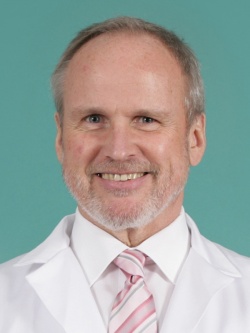Concerns: What can be done about the lack of young radiologists in Europe?
15:30–16:45
Session 2
Concerns: What can be done about the lack of young radiologists in Europe?
Dr. Heinz Brock, Medical Director and Managing Director, AKH; Linz/AT
Radiologists play a main part in the majority of diagnostic and therapeutic procedures. For this reason a staff shortage in radiology departments severely compromises the quality of clinical processes. However, the shortage is not evident in absolute terms, because the number of radiologists is increasing in most European countries.

Today, as CEO and Medical Director of the 1,100-bed General Hospital Linz, Austria, Dr Brock is responsible for a large tertiary teaching hospital, which has 21 medical departments and provides medical services to 65,000 in-patients and 450,000 out-patients annually. The overall annual expenditure accounts for €260million, not including investment in new buildings and technological innovation. His personal tasks include strategic planning, controlling medical and financial outcomes, and human resource management of the medical staff. Additionally, organisational development by means of Total Quality Management approaches on the one hand and, on the other, participation in change processes of the regional and national healthcare system by developing and implementing disease management programmes, represent a growing proportion of his professional agenda.
On the other hand, rapid progress in imaging techniques boosts the demand for specialised radiologists to an even greater extent.
To counteract the gap between the currently available human resources and the manpower needed for high-quality radiology services, appropriate action must be taken on different management levels. At the level of every single department, process management is the first-line measure to enhance productivity without increasing the work load. Teleradiology might provide an opportunity for innovative working environments in the future.
National societies should assume responsibility for the attractiveness of their specialty in the perception of young physicians. Training programmes and career options are most powerful criteria for making an occupational decision.
Last, but not least, we need a clear strategy in health policy. As long as health care reforms focus on cutting costs instead of valuating benefits the medical profession will lose its fascination.
11.02.2011





